Sand Creek Massacre National Historic Site
On November 29th, 1864, Chiefs Black Kettle, White Antelope, Left Hand and others were encamped with around 750 Arapaho and Cheyenne people in a valley by the Big Sandy Creek. A hope for peace, brought forth by Black Kettle was in the balance. It was a tragic day where the blood of the Cheyenne and Arapaho was shed, and a painful memory for generations of Native Americans was made.
The Sand Creek Massacre is located in Kiowa County, Colorado. To visit the site, follow Colorado State Highway 96 east off Highway 287 near Eads, or west off Highway 385 at Sheridan Lake. Near Chivington, turn north onto County Road 54/Chief White Antelope Way or at Brandon, turn north onto County Road 59. Follow these roads to their intersections with County Road W. The park entrance is along CR W a mile east (right) of CR 54 or several miles west (left) of CR 59. Eight miles of dirt/sand roads lead to the
- Guided Tours
- Hiking
- Wildlife Watching
- Birdwatching
- Shopping
- Bookstore and Park Store
- Military
- US Army
- Indigenous and Native Warrior
- Native American Heritage
- Social Movements
- Tragic Events
- Massacres
- Wars and Conflicts
- Indian and Frontier Wars
- Civil War
- Westward Expansion
- The Gold Rush
- Grasslands
- Prairies
Cheyenne Lodges at Dawn
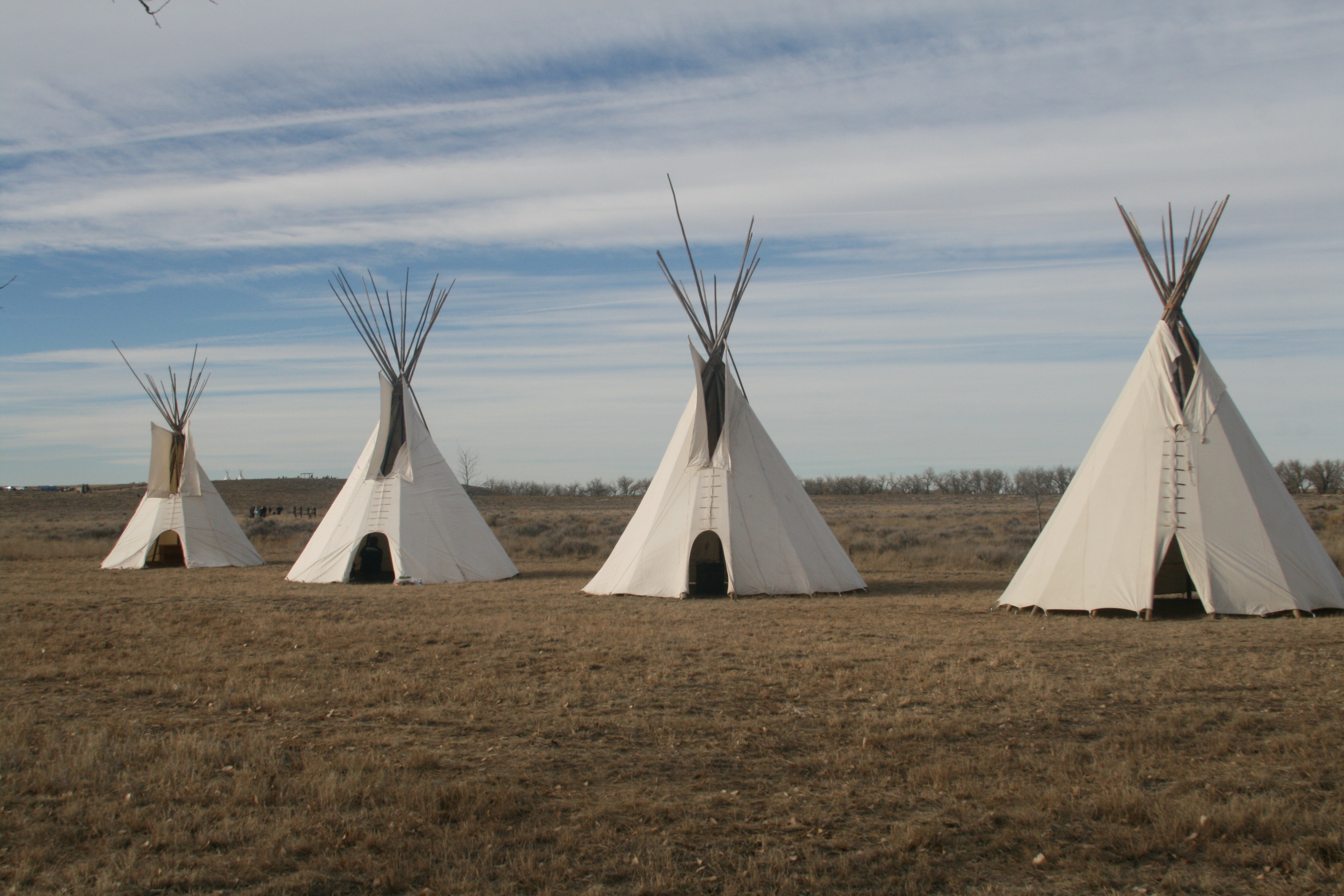
Cheyenne and Arapaho Lodges erected in commemoration of the 150th Year of the Sand Creek Massacre
Remembering the Past
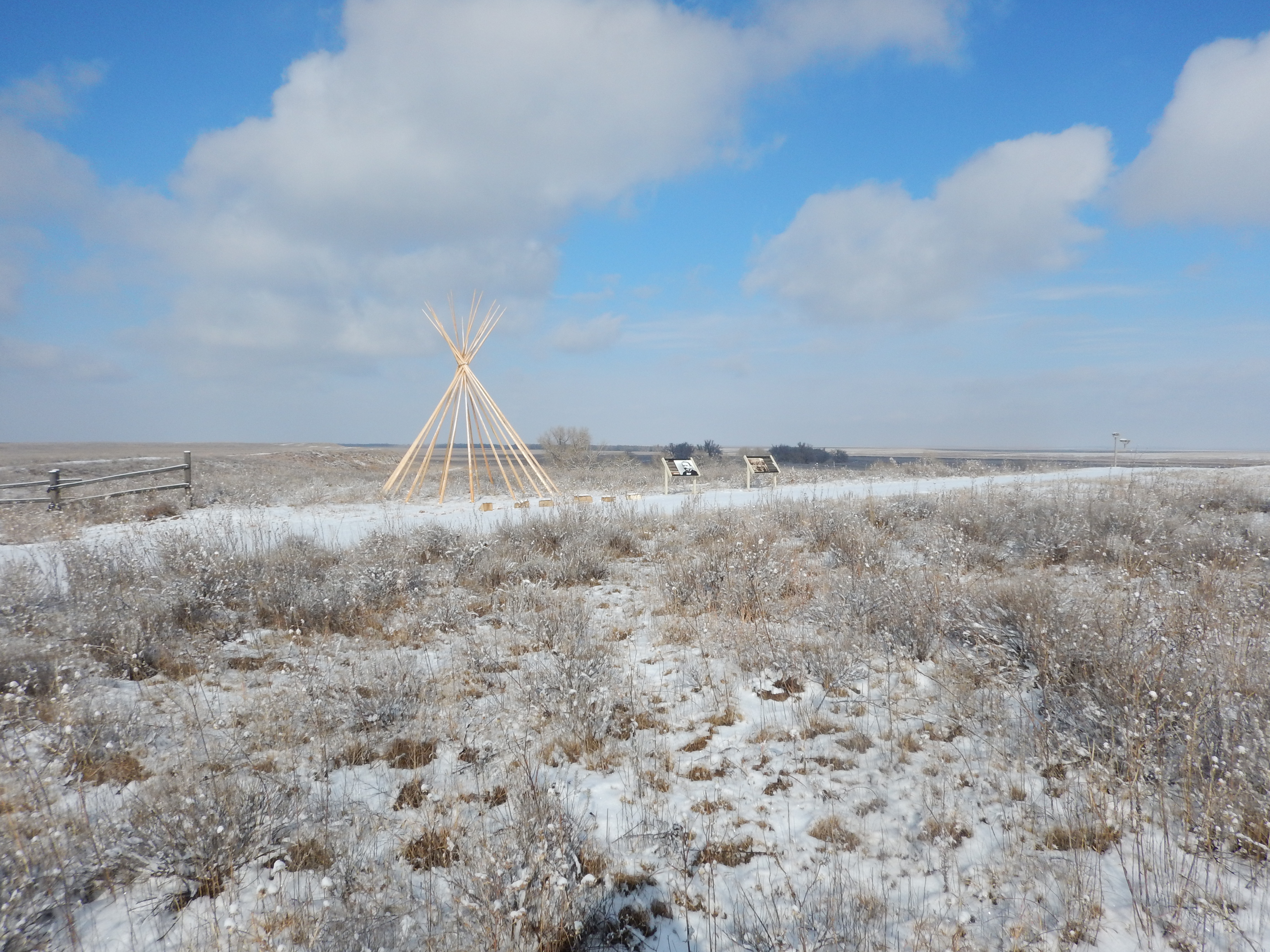
A tipi frame is backlit by an evening sky.
Memorial at Sunset

Back lit clouds form an impressive backdrop to the stone memorial dedicated to the memory of the Sand Creek Massacre.
Sunset along Sand Creek
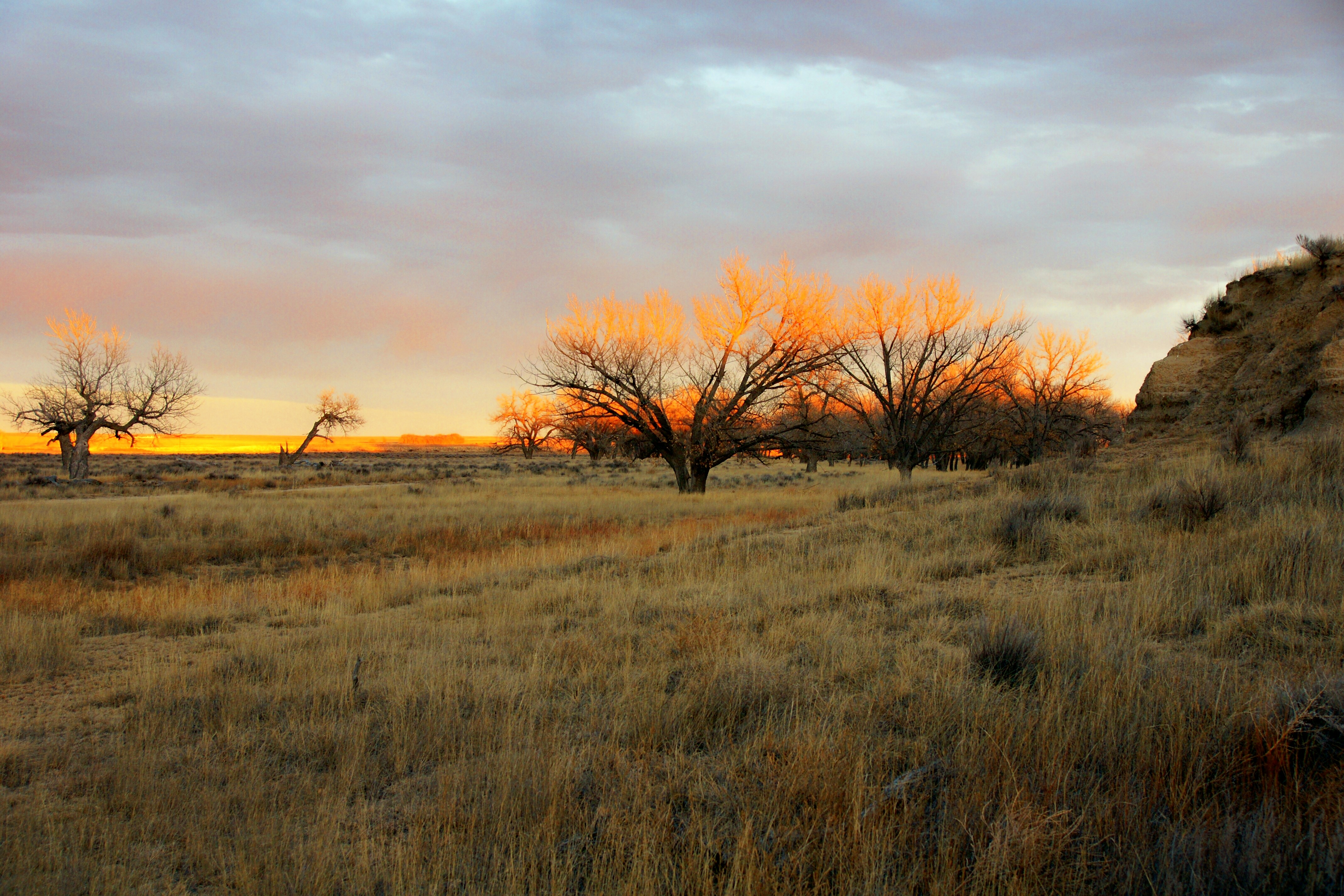
The setting sun highlights trees along Sand Creek, forming a hauntingly beautiful landscape
Tipi Frame at Dusk
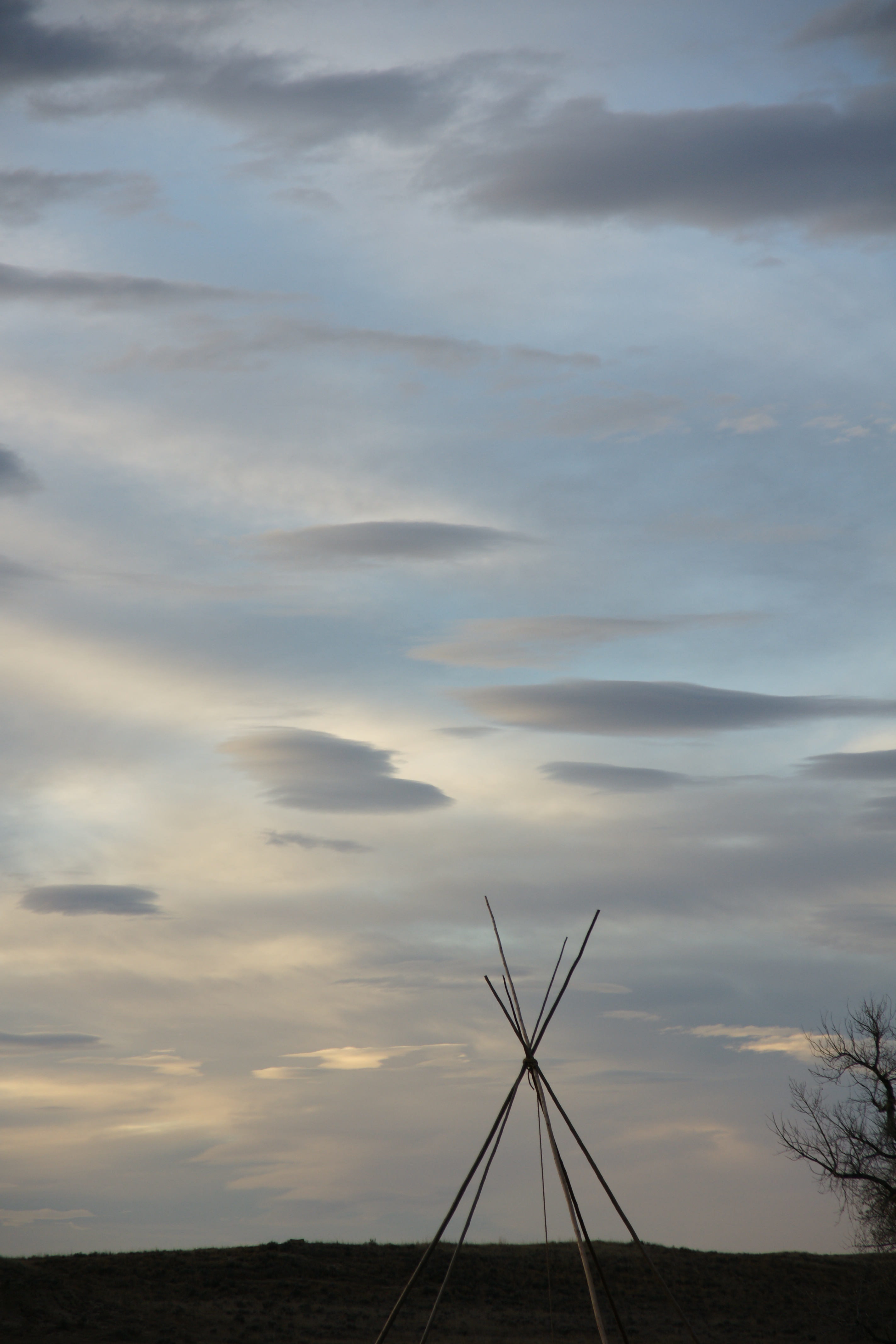
The silhouette of a lone tipi at dusk symbolizes the tragic events that occurred in 1864 and of the indomitable spirit of the Cheyenne and Arapaho people, who overcame the tragedy and continue to work with the NPS to preserve its memory and legacy.
Winter clouds over Sand Creek
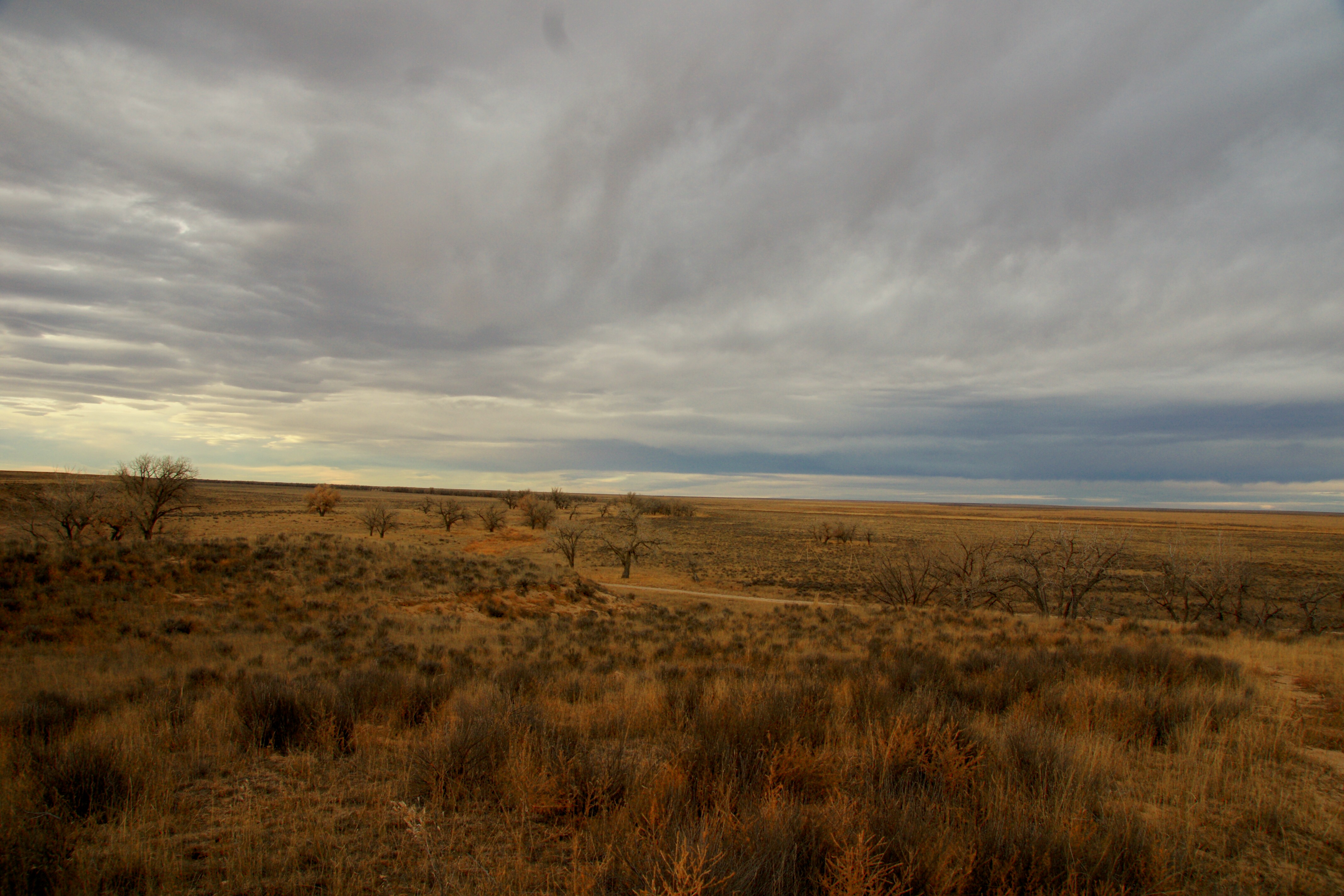
Winter on the Southeastern Colorado Plains can produce beautiful scenes such as this.
Fall Colors along the Big Sandy Creek

The leaves of Cottonwood trees along the Sand Creek burst with color during the fall.
Snow on Monument Hill Overlook
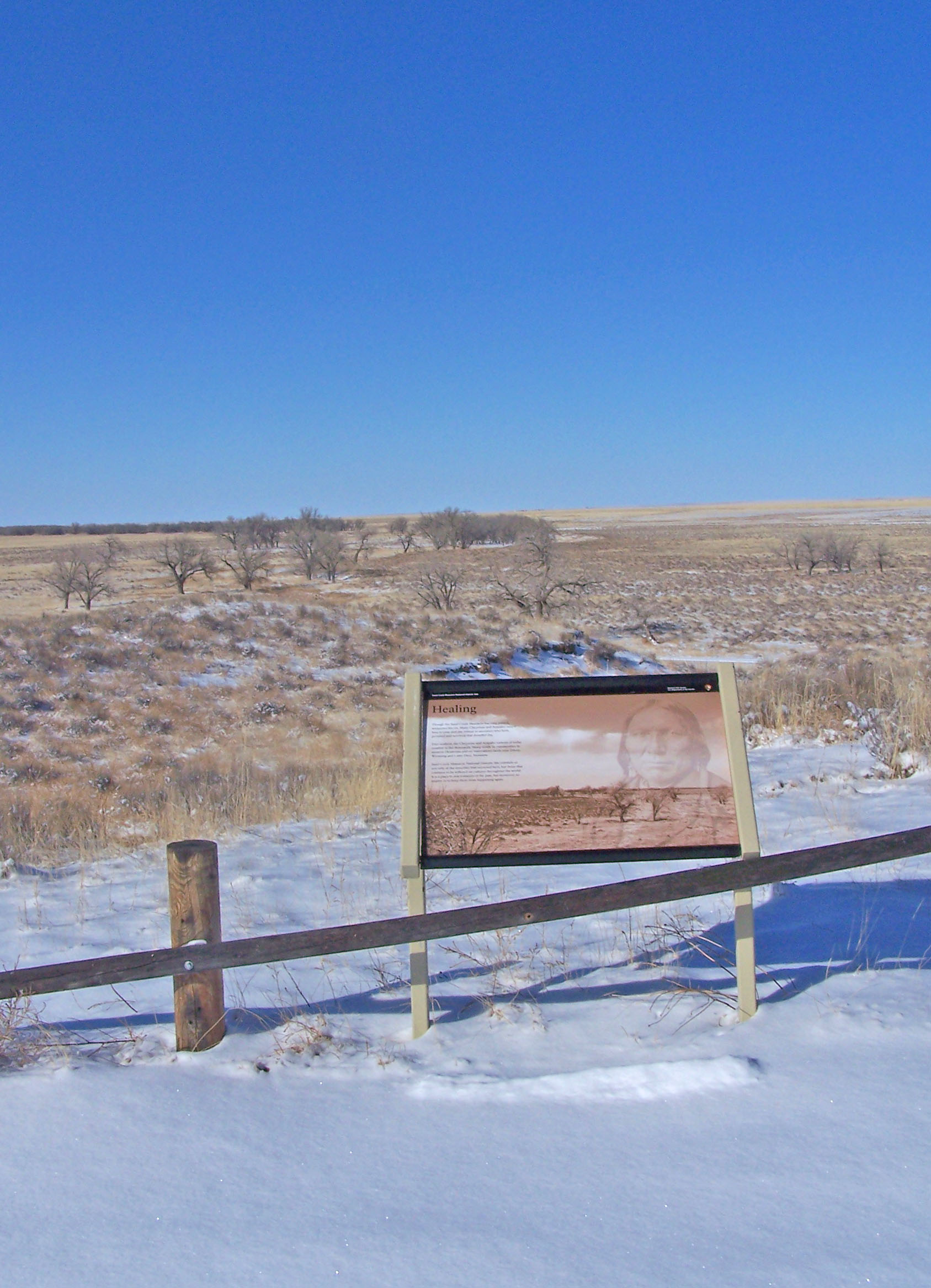
This tranquil winter view shows snow throughout the Sand Creek Valley.